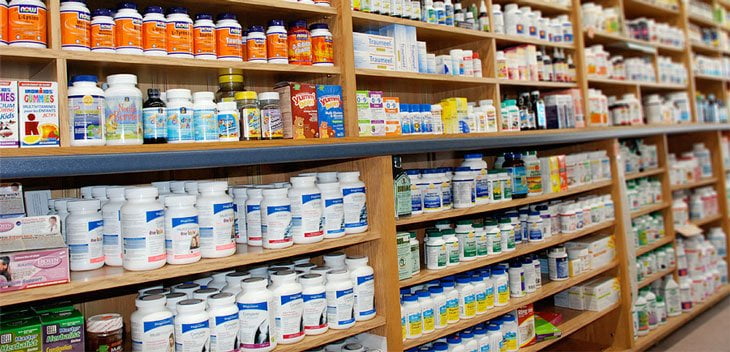
Vitamin Brands: Not All Created Equal
Vitamins. Everyone hears a lot about them, but how much does the average person really know? Many years ago, I first started taking vitamins based on the recommendation from the first chiropractor I started seeing while as an undergraduate student.
I knew very little about which vitamins to take and how much. I didn’t know which foods were the best sources of certain vitamins or that even if we eat healthy fruits and vegetables from the grocery store, our soils are very depleted of nutrients. I was unaware that there were differences in vitamin brands.
Luckily, he walked me through all of this gradually and even inspired my interest in being a chiropractor!
Regulation, Safety and Quality of Vitamins
While the U.S. Food and Drug Administration does regulate dietary supplements (vitamins), it treats them like foods rather than medications. The various brands don’t have to prove that their products are safe or effective before selling them. And the only thing that really gets a product off the market is if there are safety issues with it. This makes for a marketplace of inequality in vitamins – where so long as there are no adverse effects, a brand can produce a vitamin, and it can stay in the market…even if it is ineffective or of poor quality.
Vitamin companies do not have to guarantee potency, meaning you may get too much or too little of the listed ingredients. Also, vitamins may have fillers, impurities and even heavy metals. Some vitamin products are made very cheaply and aren’t even usable by the body because they do not digest and absorb well. So, how can you decide which products to buy among a sea of vitamins sold anywhere from big box discount stores, to the grocery store, to the health food store to your doctors office?
Honestly, your either have to do a lot of research or buy them from someone trusted who has done the research for you. I only use and recommend companies I trust, products I have researched and products I feel are priced appropriately. Many of the products in our office are made in a pharmaceutical grade lab which means that the vitamin product most be held to the same standard in manufacturing as a prescription drug. I also work closely with a local, privately owned health food store and have other resources in the community where patients can get a quality product appropriate for their need.
Getting More From Your Food
 In a perfect world, we would all get what we need from our regular diet – and taking vitamins and supplements wouldn’t be necessary. I agree with Jeffrey Blumberg, Ph.D., director of the antioxidant research lab at Tufts University who said, “Vitamins should be used only as supplements to the diet, not substitutes for healthy food.”
In a perfect world, we would all get what we need from our regular diet – and taking vitamins and supplements wouldn’t be necessary. I agree with Jeffrey Blumberg, Ph.D., director of the antioxidant research lab at Tufts University who said, “Vitamins should be used only as supplements to the diet, not substitutes for healthy food.”
However, eating “perfectly” every day is not realistic, but there are things you can do to make better food choses and boost the amount of vitamins you’re taking in. Here are a few pointers:
- When possible, opt for organic or whole foods.
- Avoid or reduce processed foods as much as possible.
- Consume a variety of foods so that your body can absorb the micronutrients properly.
- Know the foods that pack the biggest bang for the buck in terms of giving you the vitamins and nutrients you need.
If you look online, you’ll see some “cheat sheets” and info graphics on getting vitamins from food. I like this chart for the way it walks you through different vitamins that are important for your body (download it, print it and put it on your refrigerator!).
So start by upping the ante on your diet, and next time, I’ll share my approach with getting patients into a good regiment for vitamins and supplements: including proper dosages and brands that I trust.


Write a Comment